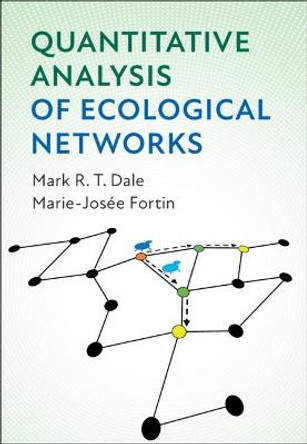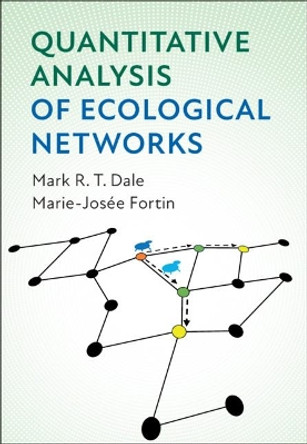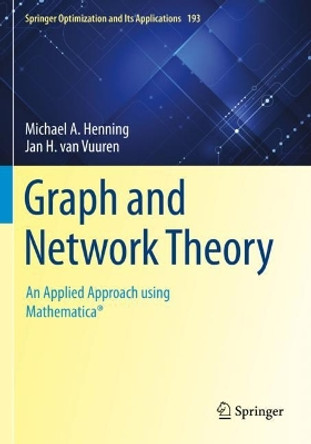Graph theory can be applied to ecological questions in many ways, and more insights can be gained by expanding the range of graph theoretical concepts applied to a specific system. But how do you know which methods might be used? And what do you do with the graph once it has been obtained? This book provides a broad introduction to the application of graph theory in different ecological systems, providing practical guidance for researchers in ecology and related fields. Readers are guided through the creation of an appropriate graph for the system being studied, including the application of spatial, spatio-temporal, and more abstract structural process graphs. Simple figures accompany the explanations to add clarity, and a broad range of ecological phenomena from many ecological systems are covered. This is the ideal book for graduate students and researchers looking to apply graph theoretical methods in their work.
This book clearly describes the many applications of graph theory to ecological questions, providing instruction and encouragement to researchers.About the AuthorMark R. T. Dale is a Professor in the Ecosystem Science and Management Program at the University of Northern British Columbia and Dean of Regional Programs. His research interests include the spatial structure of plant communities and the development and evaluation of numerical methods to answer ecological questions, including applications of graph theory. He wrote Spatial Pattern Analysis in Plant Ecology (Cambridge, 1999) and Spatial Analysis: A Guide for Ecologists (Cambridge, 2014).
Book InformationISBN 9781107089310
Author Mark R.T. DaleFormat Hardback
Page Count 344
Imprint Cambridge University PressPublisher Cambridge University Press
Weight(grams) 860g
Dimensions(mm) 253mm * 178mm * 21mm










